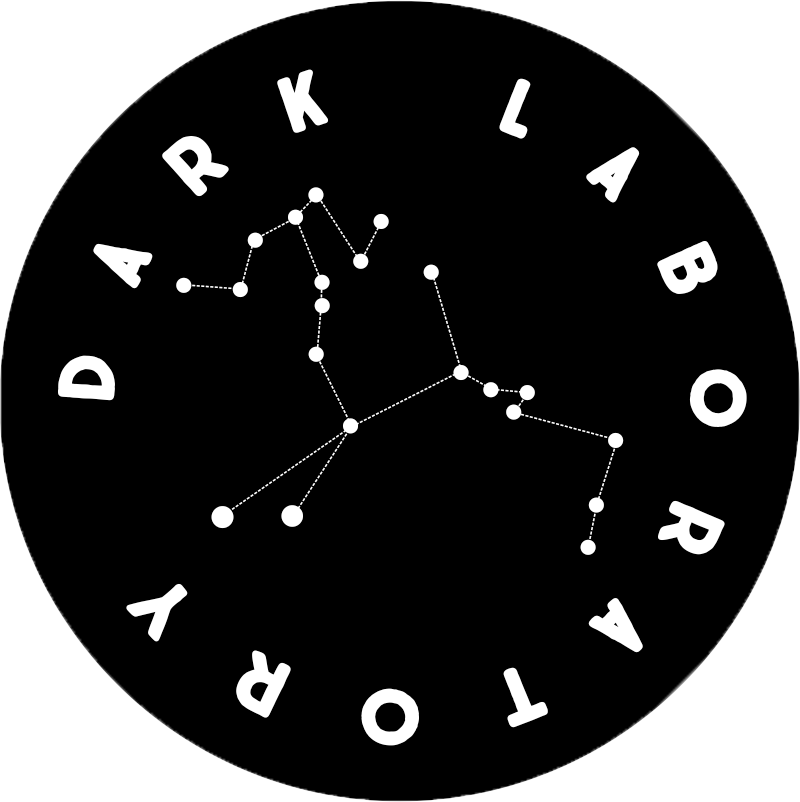Dark Laboratory Presents
I’m New Here:
Black and Indigenous Ecologies
By Allison Arteaga
Allison Arteaga is a Peruvian-American artist, working in photography, video and prose. They earned a B.F.A at Cornell University, and are pursuing an M.F.A. at Brown University. Allison’s work explores questions of imperialism and war, collective memory and living history, and the possibilities of true liberation for the oppressed, specifically in Peru and Latin America.
These nations live at the junction of a negative peace and hard domination, facing a national amnesia in the midst of violence and poverty and continued extraction by global powers. Arteaga, born in Peru to a Quechua family, is guided by the philosophy of liberation, mainly by the ideas of Jose Carlos Mariategui and revolutionaries like him, as well as her experiences as a working class and Indigenous person, which are all tied to a long history of struggle. Arteaga’s work demands a reimagination of our future, and to reexamine what we view as humanity, and what we understand to be peace.
*** Qué siglos viven, no en las tierras altas sino en las colinas más bajas, en las afueras de Lima, Perú, que dicen mucho sobre la realidad de una mayoría diligentemente olvidada. Las amnistías nacionales de América Latina de sus negros e indígenas, de manos que trabajaron duro y de tierras arrasadas no se han detenido con el tiempo. Perú predica la paz para los estómagos llenos de miseria. What centuries live, not in the highlands but the lower hills, just outside of Lima, Peru, which tell much about the reality of a dutifully forgotten majority. Latin America’s national amnesias of their black and indigenous, of hands that toiled and land swept away is unflinching with time. Peru preaches peace for stomachs full of misery.
*** Barriendo la suciedad, la arcilla en los zapatos, más alto hasta que el smog se asiente y finalmente seas lo suficientemente alto para detenerte y respirarlo todo. Afuera de Lima, en las colinas, está San Juan de Miraflores. Poblados de campesinos indígenas que abandonaron el campo, o escaparon de los gamonales, y escogieron una parcela, cualquiera, y construyeron en ella, lo que tuvieran. Respetando el cobertizo que es un hogar, la gente siguió viviendo, persiguiendo humanamente el derecho a ser. Tus abuelos llegaron allí, ¿no es así? Sweeping off dirt, clay on your shoes, higher until the smog sits and you’re finally tall enough to pause and breathe it all in. Outside of Lima, in the hills, is San Juan de Miraflores. Shantytowns of indigenous campesinos who left the countryside, or escaped gamonales, and picked a plot of land, any, and built on it, whatever they had. Respect of the shed that’s a home, people continued to live, humanly pursued the right to be. Your grandparents came there didn’t they?
*** Alli ruraqmi kanki. Bueno y justo en todas sus maneras. Alli ruraqmi kanki. Good and just in all your ways.
*** No sólo en las tierras altas, sino en las colinas más bajas, no en el centro de atención, sino en la maleza olvidada y en los trozos de tierra que nos quedan por repartir, llegamos a la claridad. Not only in the highlands but in the lower hills, not in the limelight but in the forgotten brush and the bits of land left for us to partition, we come to clarity.
*** Los esclavos africanos extraían el oro y los indígenas la plata, y todos aún no han visto los frutos. Los frutos llegaron en los cajones y la queña, el huayno y el landó; es un hecho que la belleza vino del sufrimiento y la miseria, en guardar la memoria, en cantar a los vientos y las risas y el amor de la madre. Una sociedad creada para unas pocas manos blancas en la ciudad de Lima, el puerto de los españoles, no puede esperar sobrevivir a los millones de habitantes de la periferia. African slaves mined the gold and indigenous slaves mined the silver, and all have yet to see the fruits. The fruits came in the cajones and the queña, the huayno and the landó; it is a fact of life that beauty came from suffering and misery, in keeping the memory, in singing about the winds and the laughter and the love of the mother. A society created for a few white hands in the city of Lima, the port of Spaniards, cannot expect to outlive the millions bordered in the periphery.
*** Reivindicado por siglos de leyes, religión, educación y moralidad, ¿qué queda? ¿Qué es un país que permite que 60.000 niños mueran cada año, durante décadas, de inanición, de enfermedades prevenibles, que son enfermedades que permanecen debido a la pobreza intrépida, antes de que estos niños lleguen a la edad de 2 años? Estos niños del altiplano, de las pequeñas colinas, quechuas o aymaras o achuar, ¿no son dignos de la rabia y el fuego? Inmóvil y estoico sigue siendo el gobierno, que vende al pueblo; ingenuo sigue siendo el pueblo de América y Europa, que vive como lo hace por la extracción de nuestro pueblo y nuestra tierra, ¿Qué preguntas empiezan a hacer a su país? ¿A quién respondes? ¿Por qué no a nosotros? Vindicated by centuries of law, religion, education and morality, what is left? What is a country that allows 60,000 children to die every year, for decades, from starvation, from preventable sickness which is sickness that remains due to intrepid poverty — before these children reach the age of 2? These children of the highlands, the small hills, Quechua or Aymara or Achuar, are they not worthy of rage and fire? Immobile and stoic remains the government, who sells the people; naive remains the people of America and Europe, who live the way they do because of the extraction of our people and our land, What questions do you begin to ask of your country? Who do you answer to? Why not to us?












